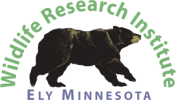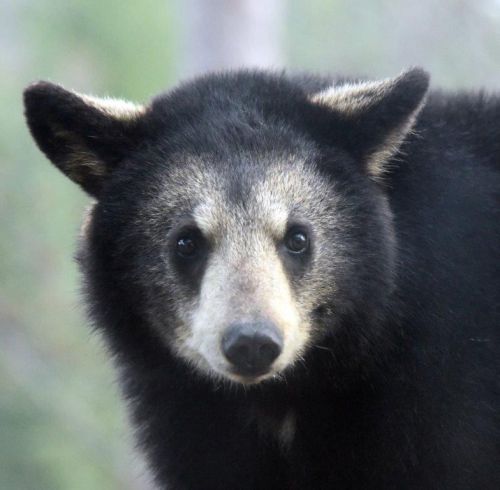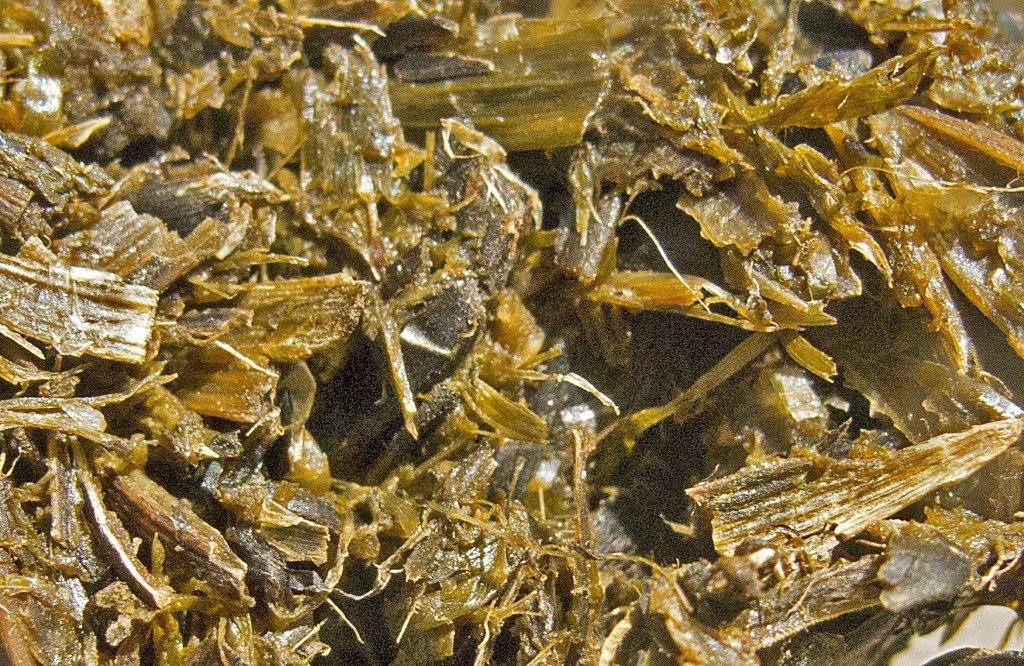The Three Faces of Snowball and Why I Walked With Bears - UPDATE May 9, 2024
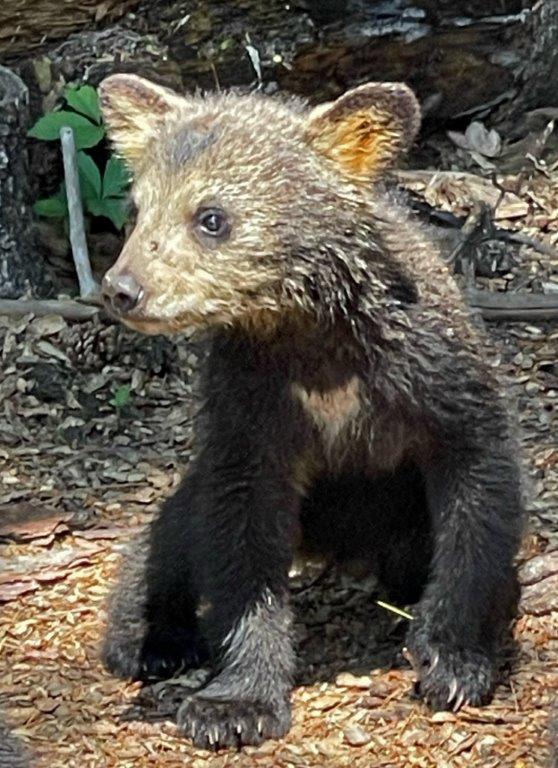 Snowball 7-2-23 Snowball 7-2-23 |
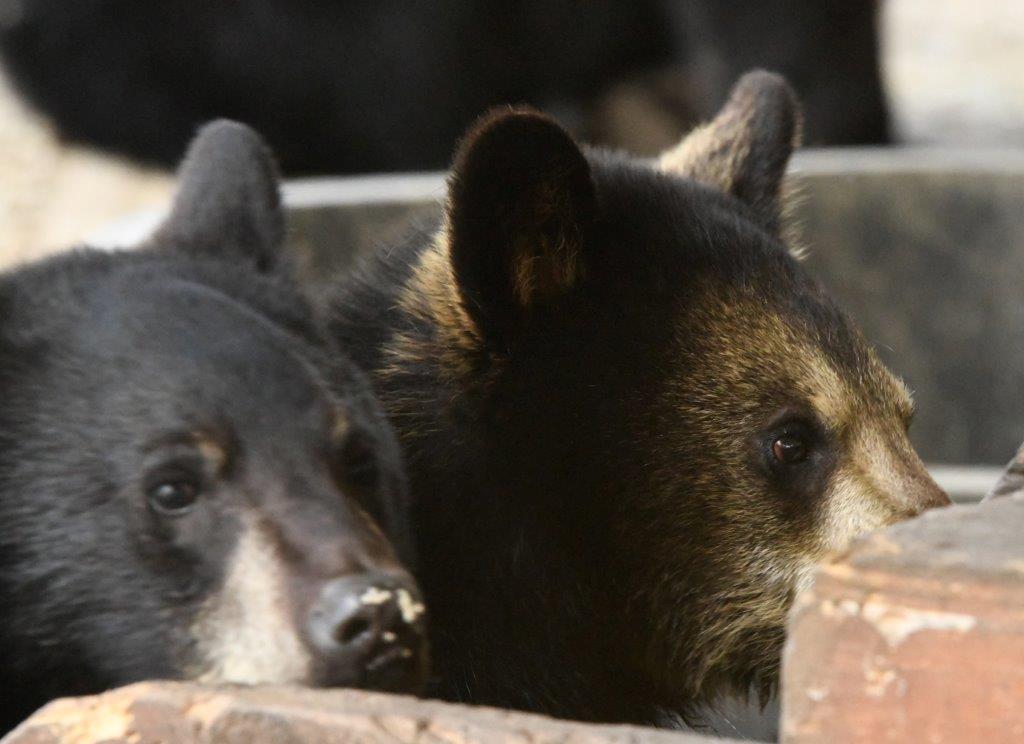 Snowball and her brother Snowball and her brother |
Snowball’s color was a puzzle until I luckily got the mystery-solving picture of her showing both black and brown fur. The picture of her as a cub (by Catherine Davison) shows her as mostly brown with a little black hair here and there. Pictures lately showed as black with a light face. But sometimes she looked brown. Then a picture caught the light just right and showed her with long black guard hairs and new shorter brown fur growing in. A little puzzle yet is that bears with brownish fur usually grow in new black fur as they shed their bleached brown fur this time of year. How could brown fur turn black. I’ll just be waiting to see this new pattern and get pictures of it in the process. We’ll see if I’m right or the unspeakable (wrong). The pictures won’t lie. One thing is certain. Snowball has a fetching face that makes her stand out no matter what color she is.
Taking this picture of what bears are eating in forest openings now reminded me of one of the reasons I so badly wanted to walk with bears. I wanted to use Jane Goodall’s trust-based methods to learn way more about what they eat. I wanted to see the foods as they went in—not as they came out with the most digestible foods nearly impossible to identify, giving me a skewed picture of the diet biased to the less digestible plants that could still be identified. I also wanted to learn the importance of the habitats where they were finding their favorite foods. Without a cecum and having a simple stomach that is too acid to support the microflora and microfauna needed for digestion of cellulose, bears have limited ability to digest vegetation except in early spring. That is when many kinds of vegetation are sprouting up and still digestible because their nutrients are still largely in liquid form and they have not yet incorporated into their cell walls as cellulose. When that happens and the plants develop distasteful secondary compounds, bears turn to the few herbs that are still digestible and to the parts of plants that have concentrated nutrients—like berries, nuts, buds, catkins, tubers, and meristem. When available, they also turn to animal foods such as colonial insects, carrion, and, in some areas, fish.
Thank you for all you do,
Lynn Rogers, Biologist, Wildlife Research Institute and North American Bear Center
